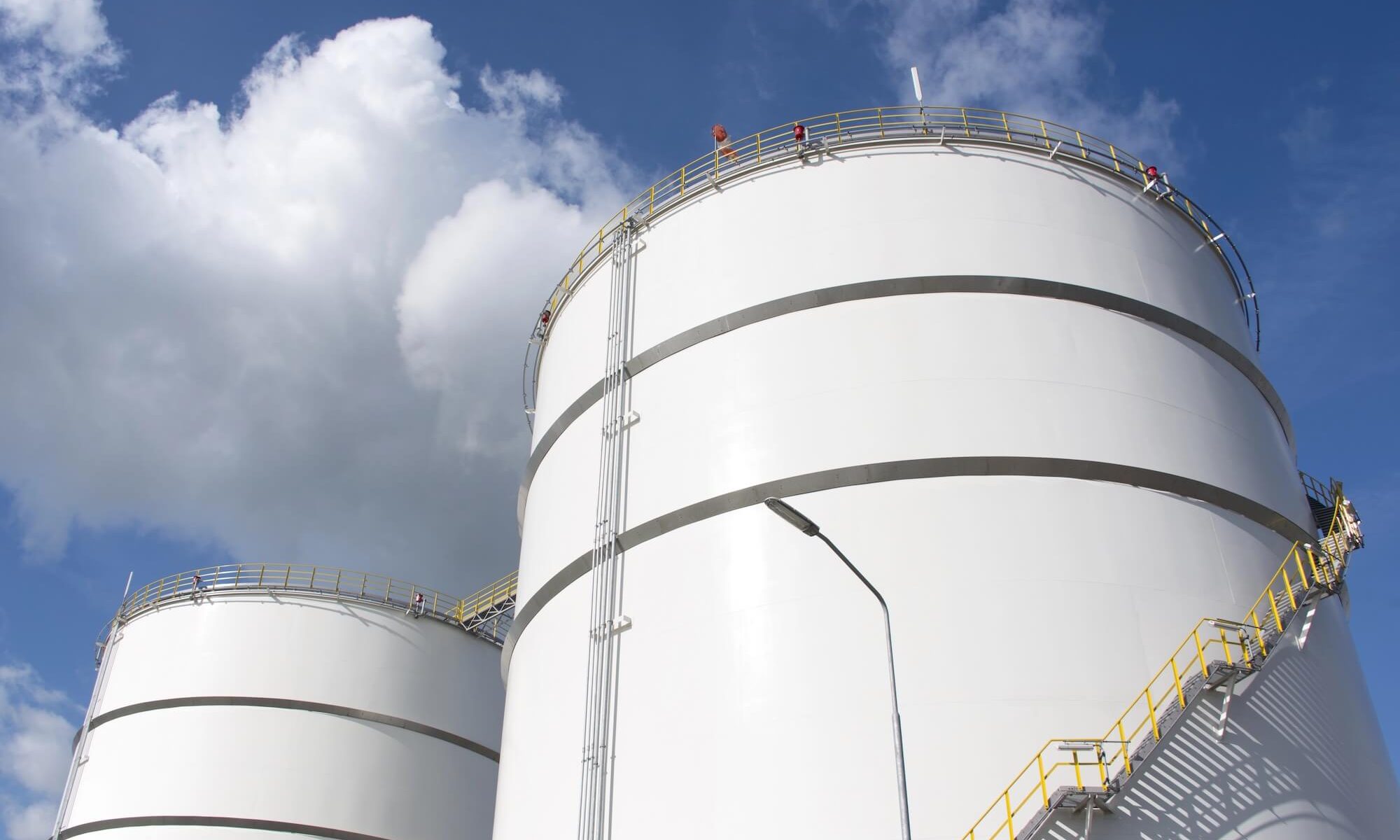Above-ground storage tanks (ASTs) are critical assets in industries such as oil and gas, water treatment, chemical processing, and manufacturing. They are often used to store large volumes of hazardous or environmentally sensitive materials, meaning their integrity and safety are paramount.
An EEMUA 159 inspection offers a comprehensive, industry-recognised framework for inspecting, maintaining, and repairing above-ground storage tanks. By following this standard, businesses can ensure their tanks remain structurally sound, compliant with regulations, and safe for continued use.
This proactive approach not only protects people and the environment but also minimises operational risks, prevents costly repairs, and extends the lifespan of valuable assets.
What Is EEMUA 159?
EEMUA 159 is a guidance document developed by the Engineering Equipment and Materials Users Association (EEMUA). It sets out best practice for the design, construction, inspection, maintenance, and repair of above-ground storage tanks, particularly those storing liquids at atmospheric pressure.
The standard outlines how tanks should be inspected, both internally and externally, and details how often inspections should take place. It also covers risk-based inspection (RBI) methods, which allow inspection schedules to be tailored based on the tank’s condition, usage, and risk profile.
Key Benefits of an EEMUA 159 Inspection
EEMUA 159 inspections deliver multiple benefits to your business, both in terms of operational safety and long-term asset performance.
Safety Improvements
Identifying corrosion, cracks, settlement, or other defects early reduces the likelihood of tank failure. By addressing these issues promptly, you minimise the risk of spills, injuries, and environmental contamination, protecting both personnel and the public.
Cost-Effectiveness
Proactive maintenance based on EEMUA 159 guidelines helps you avoid unexpected downtime and expensive emergency repairs. Problems found early are far easier and cheaper to resolve than failures that have escalated.
Regulatory Compliance
Storage tanks are subject to strict UK regulations relating to environmental protection, safety, and operational integrity. Following the EEMUA 159 standard demonstrates due diligence and helps ensure your tanks meet statutory and industry compliance requirements, reducing the risk of fines or legal action.
Optimised Maintenance Programmes
EEMUA 159 provides a structured and prioritised approach to inspections, incorporating both visual checks and advanced non-destructive testing (NDT) methods. This means maintenance can be targeted where it’s needed most, avoiding unnecessary costs and focusing resources effectively.
Extended Tank Lifespan
By identifying and addressing defects before they cause significant damage, EEMUA 159 inspections can prolong the operational life of your storage tanks, protecting your investment and ensuring ongoing operational efficiency.
What Does an EEMUA 159 Inspection Involve?
A qualified inspector will follow a systematic process to evaluate the condition of your storage tank. Typical activities include:
Visual Inspections
A detailed examination of the tank’s exterior and interior to check for corrosion, coating breakdown, leaks, dents, cracks, or other signs of structural wear.
Non-Destructive Testing (NDT)
Techniques such as ultrasonic thickness gauging, Magnetic Flux Leakage (MFL), or Eddy Current Testing may be used to measure wall thickness, detect corrosion, and assess weld integrity without causing damage to the tank.
Foundation Assessment
Inspection of the tank’s foundation for signs of settlement, instability, or erosion, which could compromise the tank’s structural stability over time.
Cathodic Protection Evaluation
If the tank is fitted with a cathodic protection system, its effectiveness will be checked to ensure corrosion protection is operating as intended.
Roof and Floor Integrity Checks
Particularly for floating roof tanks, inspections ensure seals, supports, and drainage systems are functioning correctly. For tank floors, checks for pitting or underfloor corrosion are critical.
Documentation Review
All inspection findings, past maintenance records, and test results are reviewed to identify patterns of wear or recurring issues that may require long-term solutions.
How Often Should an EEMUA 159 Inspection Be Carried Out?
The frequency of inspections depends on several factors, including:
- The tank’s age and construction materials
- The type of product stored
- Operating conditions and environmental factors
Past inspection results and maintenance history
EEMUA 159 promotes a risk-based inspection approach, meaning tanks in higher-risk service may require more frequent checks, while lower-risk tanks can be inspected less often without compromising safety.
Why Choose EEMUA 159 Over Other Inspection Standards?
While other recognised standards exist, such as API 653, EEMUA 159 is specifically tailored to the UK industry context and considers factors unique to UK regulations and environmental conditions. For businesses operating in the UK, following EEMUA 159 provides both regulatory alignment and industry best practice.
Protecting Your Business and the Environment
EEMUA 159 inspections are not just about compliance, they are about protecting people, the environment, and your operational assets. A small investment in regular inspections can save significant costs and reputational damage in the long run.
Speak to Our EEMUA 159 Inspection Experts
If you need professional EEMUA 159 inspections carried out to the highest standards, contact Bravura Inspection today. Our experienced team combines visual inspection techniques with advanced NDT methods to ensure your tanks remain safe, compliant, and efficient. Call us on 01745 294367 or email [email protected] to discuss your requirements.

